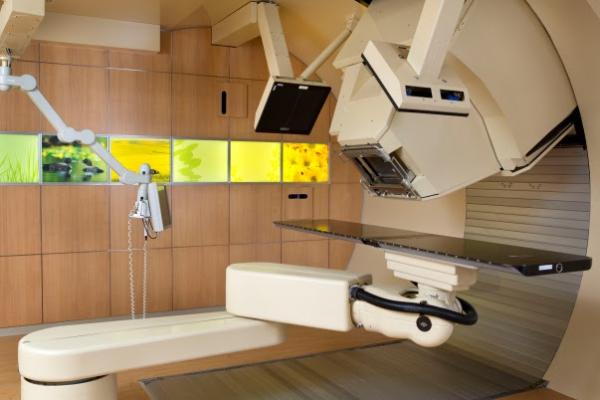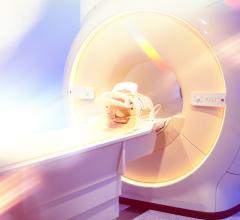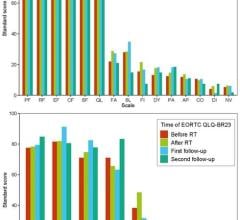
March 15, 2016 — Hitachi Ltd. announced that Mayo Clinic in Phoenix began treating patients this week with its advanced Probeat-V proton therapy system.
The Probeat-V is a state-of-the-art proton beam therapy system used to deliver Hitachi’s Discrete Spot Scanning capability to each treatment room. The 190-degree half gantries provide efficient yet spacious treatment room environments. Hitachi’s smallest treatment spot size to date enables the system to achieve highly precise treatments.
Mayo Clinic in Rochester, Minn., is also equipped with an identical proton therapy system and has been treating patients since June 2015.
Hitachi has now supplied proton therapy systems for four centers in the United States, with a fifth system currently under construction.
Proton beam therapy (PBT) is an advanced form of external beam radiotherapy. Protons from hydrogen atoms are extracted and accelerated up to 70 percent the speed of light. Its energy is concentrated directly on the tumor while avoiding radiation dose to the surrounding healthy tissues. PBT improves the quality of life for cancer patients since the patient experiences no pain during treatment and the procedure has very few side effects compared with that of traditional radiotherapy. In most cases, patients can continue with their normal daily activities while undergoing treatment. Because there are fewer side effects, PBT is expected to expand, especially for pediatric treatment.
Spot-scanning irradiation technology does not scatter proton beams as with conventional proton beam therapy. Rather, it repeatedly turns a narrow proton beam on and off at high speed as it progressively changes location to irradiate entire tumor volumes. Protons can be aimed with high precision according to the targeted tumors, even those with complex shapes, while minimizing the impact on nearby healthy tissue. Furthermore, customized equipment such as collimators and boluses are not required.
For more information: www.hitachi.com


 March 28, 2024
March 28, 2024 








